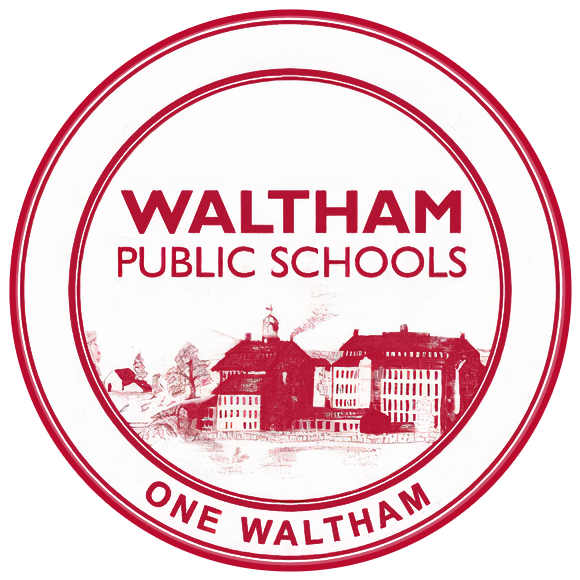Grade 3 ESL Curriculum Guide
ESL provides students with direct instruction in vocabulary, grammar, and syntax of academic language. This language instruction is aligned with the WIDA Key Language Uses and planned collaboratively to address core content areas, including ELA Modules. Students engage with grade-level texts, build content knowledge, and share what they have learned through academic conversations and writing. ESL instruction responds to the cultural and linguistic knowledge and skills that students hold and those that they need for success in school.
Unit | Timeframe | Big Ideas (Statements or Essential Questions) | Major Learning Experiences from Unit |
|---|---|---|---|
Newcomer curriculum (optional - based on teacher recommendation) | 6-8 weeks |
| Students will
exchanges of information
|
Module 1 - Overcoming Learning Challenges Near and Far | 10 Weeks |
| Students will NARRATE, INFORM, EXPLAIN, and ARGUE
|
Module 2 - Researching to Build Knowledge and Teach Others: Adaptations and the Wide World of Frogs | 10 Weeks |
| Students will NARRATE, INFORM, EXPLAIN, and ARGUE
|
Module 3 - Exploring Literary Classics | 10 Weeks |
| Students will NARRATE, INFORM, EXPLAIN, and ARGUE
|
Module 4 - Water Around the World | 10 Weeks |
| Students will NARRATE, INFORM, EXPLAIN, and ARGUE
|
Grade 3 ARC Curriculum Guide
Grade 3 ELA (ARC Curriculum) focuses on four units, which allow students to build important content knowledge based on a compelling topic related to science, social studies or literature. Students have the opportunity to read grade-level texts, build background knowledge, and share what they have learned through discussions and writing.
Unit Unidad | Timeframe Cuándo | Big Ideas (Statements or Essential Questions) Preguntas esenciales | Major Learning Experiences from Unit Principales experiencias de aprendizaje de la unidad |
|---|---|---|---|
Unidad 1: Lectoescritura | September – October | ¿Por qué las series son importantes? ¿Qué estrategias puedo usar para entender nuevas palabras? ¿En que son iguales y diferentes estos textos? | Los estudiantes podrán:
|
Unidad 2: Weather and Climate | November – January | Define and describe a weather phenomenon In which climates is it most likely to occur? Why? What data sets scientists collect on it? Why? What’s its role in the water cycle? What natural hazards can it cause? How? How can these hazards impact society and the environment? What are some ways that we can reduce the societal or environmental impact of these hazards? | Students will:
|
Unidad 3: Cuentos Tradicionales | February – April | ¿Qué puedes aprender de una cultura por medio de sus cuentos? ¿Por qué algunas historias son contadas en diferentes versiones? ¿Los valores morales en los cuentos tradicionales son universales? ¿Qué puedes aprender acerca de una cultura a través de los cuentos tradicionales? | Los estudiantes podrán:
|
Unit 4: Marine Life | April – June | What does your marine animal look like? How do its physical characteristics help him survive? How does it act? How does its behavior help him survive? What kind of marine animal is it and how do you know? How does it change throughout its life? Where does it live? What does it eat? What likes to eat it? Is it endangered? What are the threats to its survival? | Students will:
|
